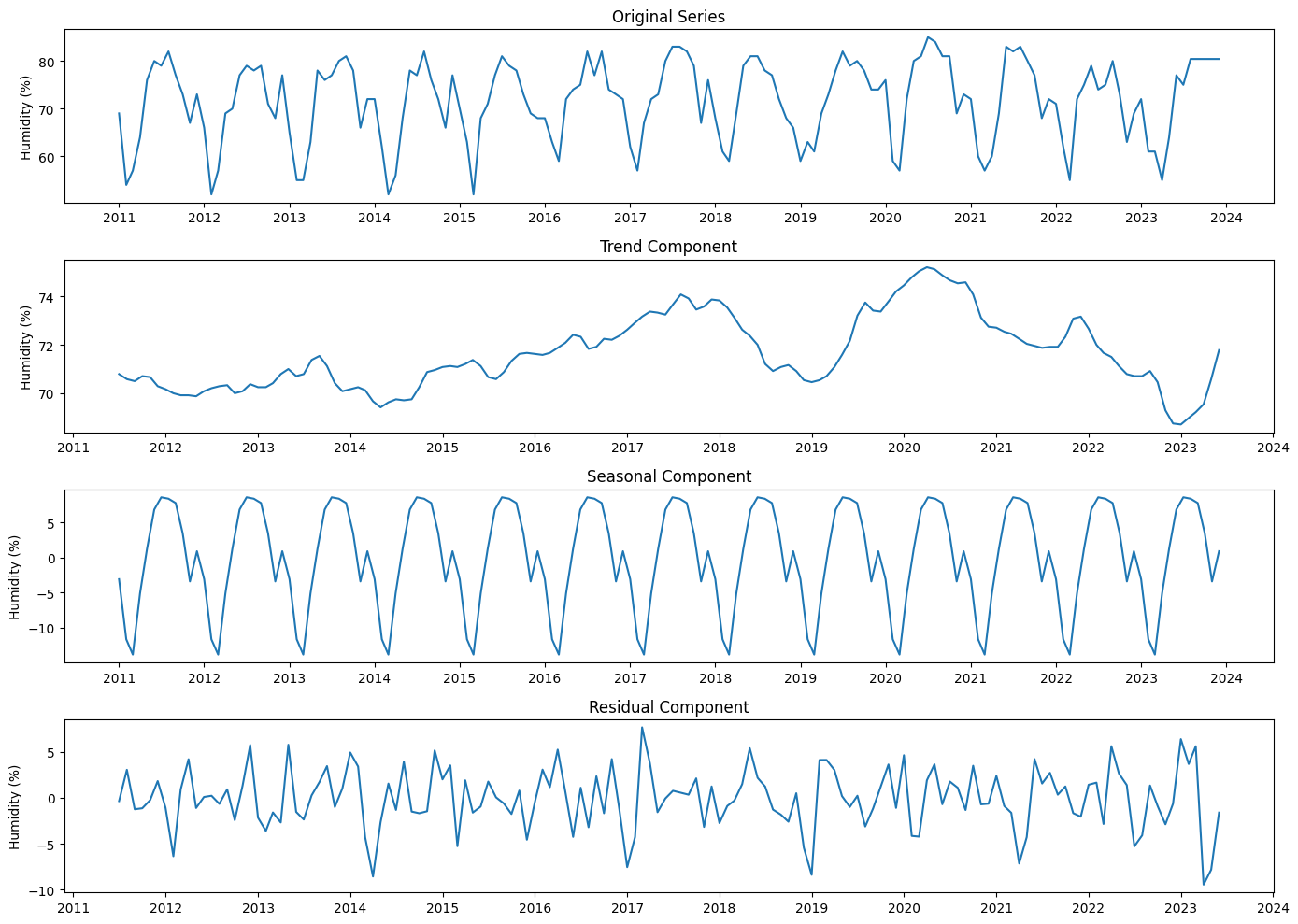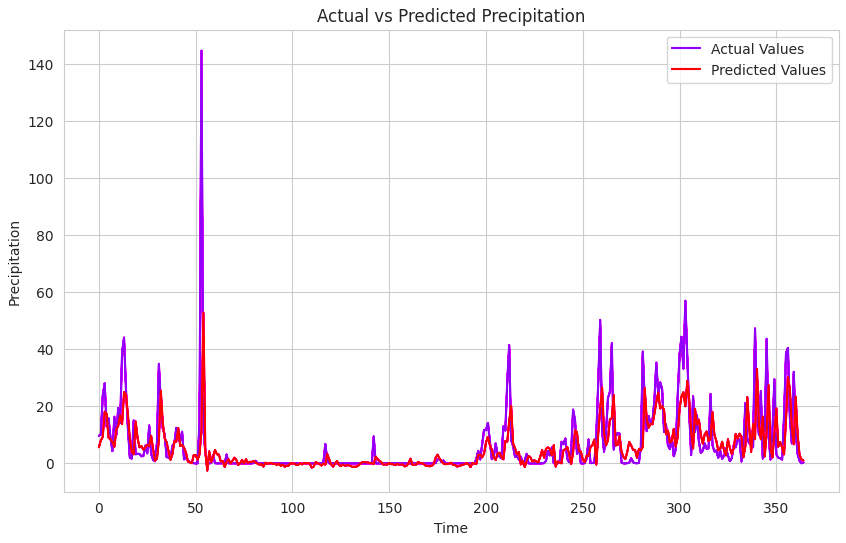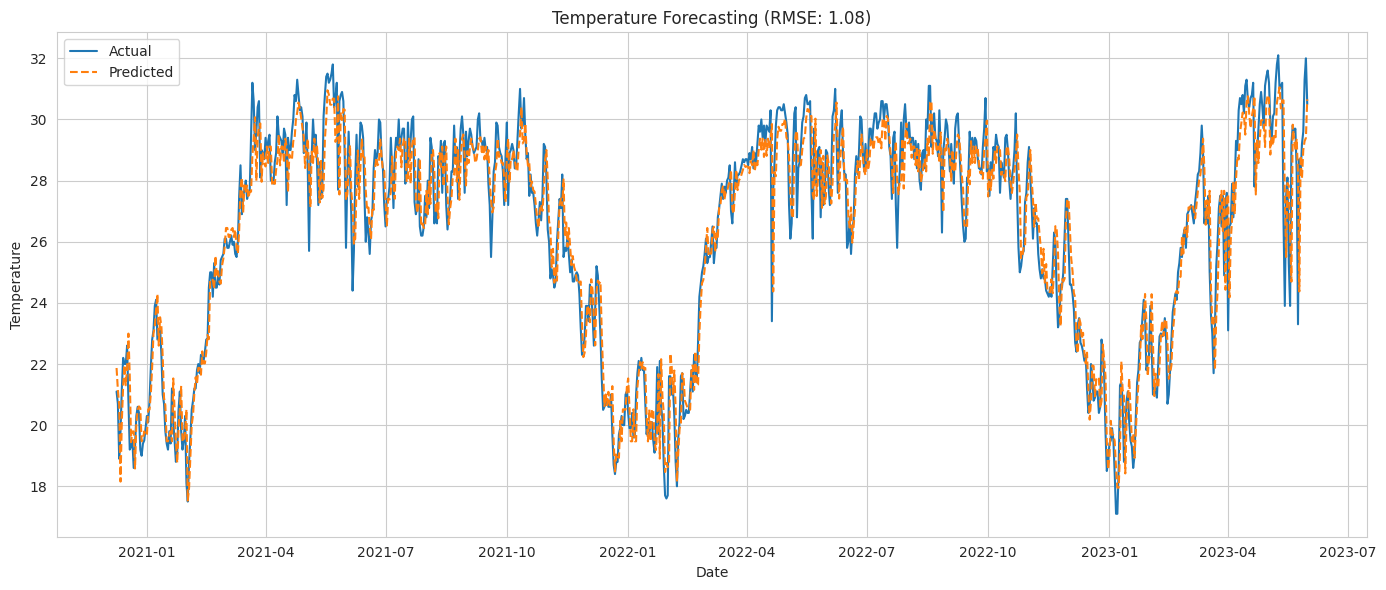Time Series Forecasting for Agricultural Insights: An ML Engineer's Perspective
ML for Business Analytics and long-term Agricultural Forecasting.
Keywords: Time Series Forecasting, Data Analytics, Agribusiness
Brief Description
As an ML Engineer at ACI Limited, one of Bangladesh’s largest conglomerates, I’ve had the opportunity to apply machine learning techniques across diverse business domains. Alongside deep learning applications in computer vision and natural language processing, our team is also responsible for business data analytics, leveraging the abundance of data to provide valuable business insights using machine learning. In this regard, I’ve worked on topics including:
- Customer segmentation using RFM metrics
- Sales Representative performance analysis
- Identifying critical business correlations
- Using statistical analysis to segment and correlate sales rep behaviors
- Providing insights on warning signs for representatives at risk of missing quotas/targets
Here, I’d like to talk about a project that’s particularly close to my heart: leveraging weather forecasting to empower farmers through our agribusiness applications.
The Weather-Agriculture Nexus
Agriculture, the backbone of Bangladesh’s economy, is profoundly influenced by weather patterns. Recognizing this, we set out to create long-term weather forecasts that could provide valuable insights for the upcoming farming seasons. We gathered an extensive array of meteorological data from NASA Power and the Bangladesh Meteorological Department.
Using these data, I employed time series forecasting techniques, specifically:
- SARIMA (Seasonal AutoRegressive Integrated Moving Average)
- Prophet
- LSTM (Long Short-Term Memory networks)
These models were used to generate long-term forecasts for temperature, humidity, and rainfall. While commercial weather APIs exist, they typically provide short-term forecasts. This approach allows for extended predictions crucial for agricultural planning.
Application and Insights
The forecasts are integrated with our existing crop knowledge base to provide insights for upcoming farming seasons. For example, we can predict adverse weather conditions for major crops based on known optimal conditions:
| Major Crops | Optimum Temperature | Remarks |
|---|---|---|
| Rice | 21-36°C (69.8-96.8°F) | Below 10°C (50°F) during flowering stage could cause damage. Above 35°C during reproductive stage reduces rice production. |
| Jute | 20-34°C (68-93.2°F) | At high Temperature (32°C) the crop height as well as basal diameter increases. |
| Sugarcane | 20-30°C (68-86°F) | Temperature above 37°C inhibits growth. |
This integration allows us to:
- Inform stakeholders in advance of potential adverse conditions
- Prepare for increased demands or service obstacles based on rainfall predictions
- Provide tailored recommendations for different crops and regions
Looking ahead, I believe incorporating more data sources, such as satellite imagery or IoT sensor data, could significantly enhance our predictive capabilities. I’m eager to learn from and integrate more subject-matter expertise on agribusiness and climate conditions to refine my models and improve their real-world applicability in diverse agricultural scenarios.
Illustration


